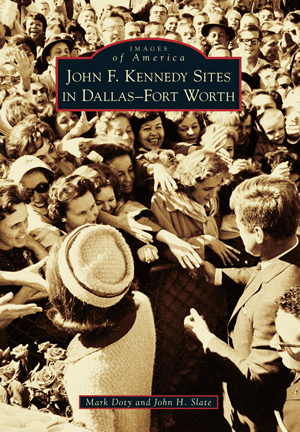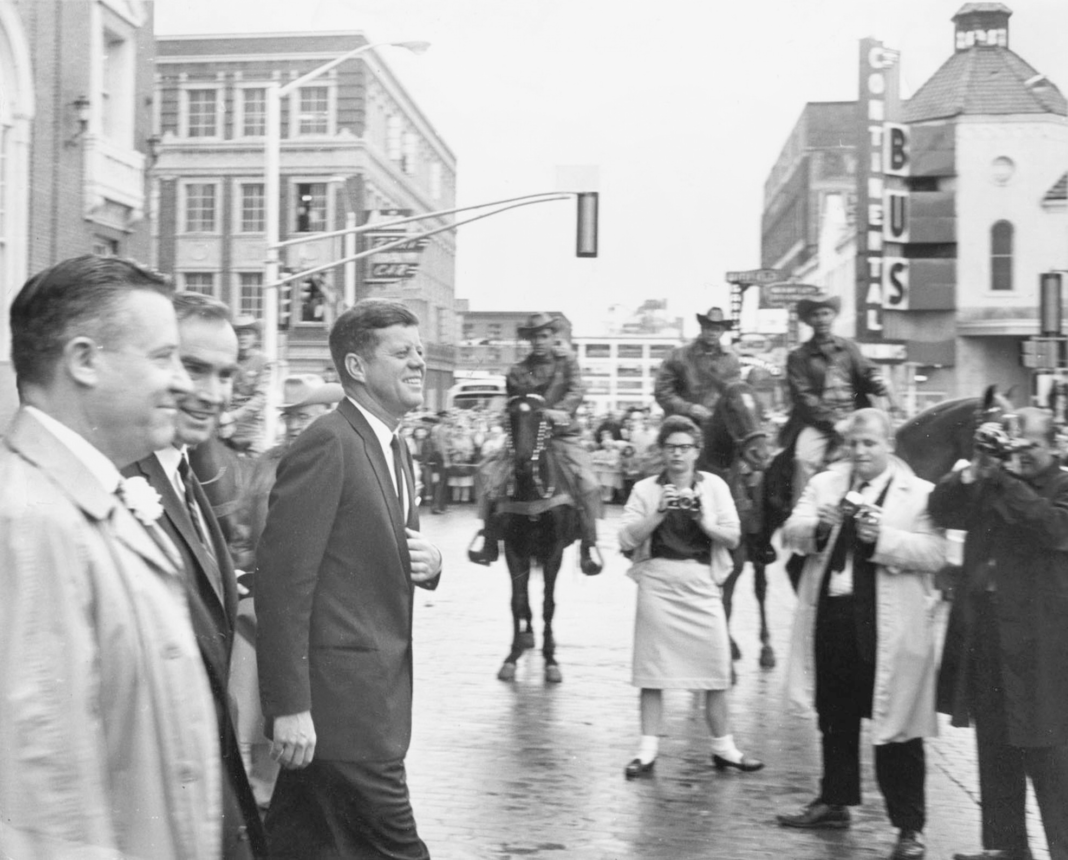
One of the darkest events in American history happened on November 23, 1963: The assassination of President John F. Kennedy. For Texans living in the Dallas—Fort With Metroplex, all of their colorful, collective history was suddenly overshadowed by the tragedy. It took decades for Dallas to fully address the assassination, but the city understands its place in history, and continues to preserve the sites of historical importance. Here are some of the more notable historic sites.
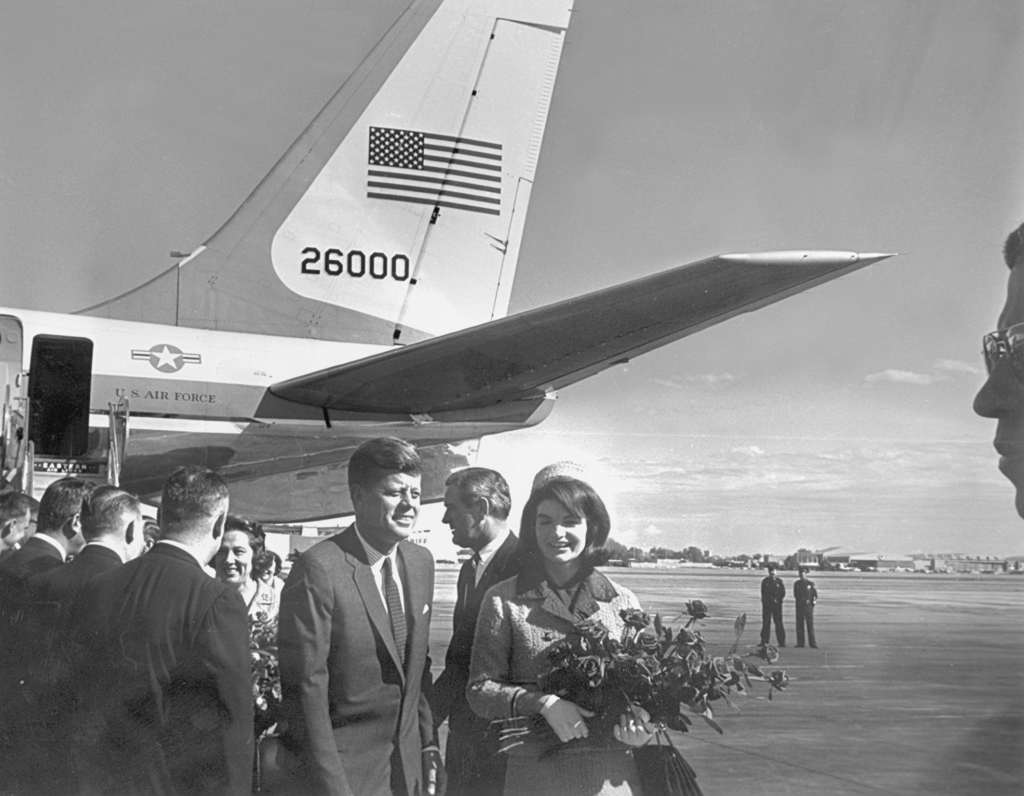
Love Field
On November 21, 1963, the president and first lady departed on Air Force One for a two-day, five-city tour of Texas. After stops in San Antonio, Houston, and Fort Worth, the president’s entourage landed at Dallas’ Love Field on November 23. After leaving Love Field, the motorcade, which included Vice President Lyndon Johnson and Texas governor John Connally, followed a 10-mile route that would end at the Dallas Trade Mart, for a luncheon with Dallas civic and business leaders. The clear weather allowed for the top of the Lincoln to be down, providing well-wishers along the route a full view of the president, with Gov. Connally and his wife, Nellie Connally in the front.
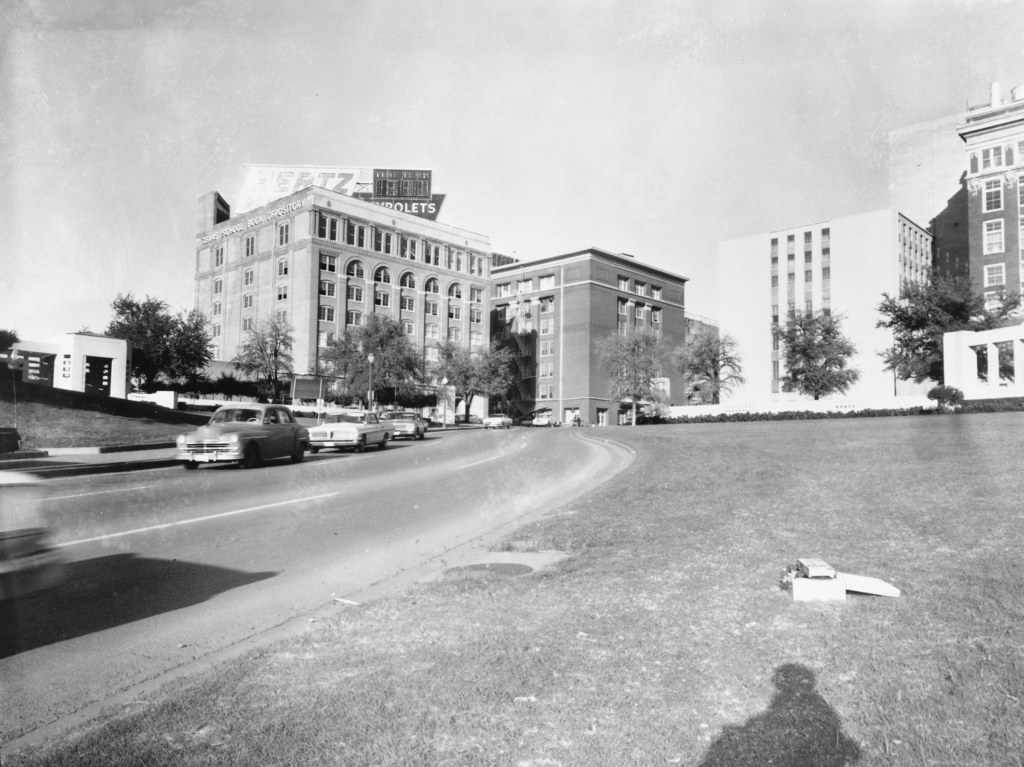
Dealey Plaza
City park Dealey Plaza is the focal point of a triple underpass traffic diverter, and is surrounded by historic buildings, including the 1892 Dallas County Courthouse, the Dallas County Records Building, the Dallas County Criminal Courts Building, the former Texas School Book Depository, and the mysterious grassy knoll. At 12:29 p.m., the presidential limousine entered Dealey Plaza. with five cars following, which included Vice President Lyndon B. Johnson; his wife, Lady Bird Johnson; Sen. Ralph Yarborough; and a press corps bus. Most witnesses recall hearing three shots. To date, Dealey Plaza is the second-most visited historic site in Texas, after the Alamo.
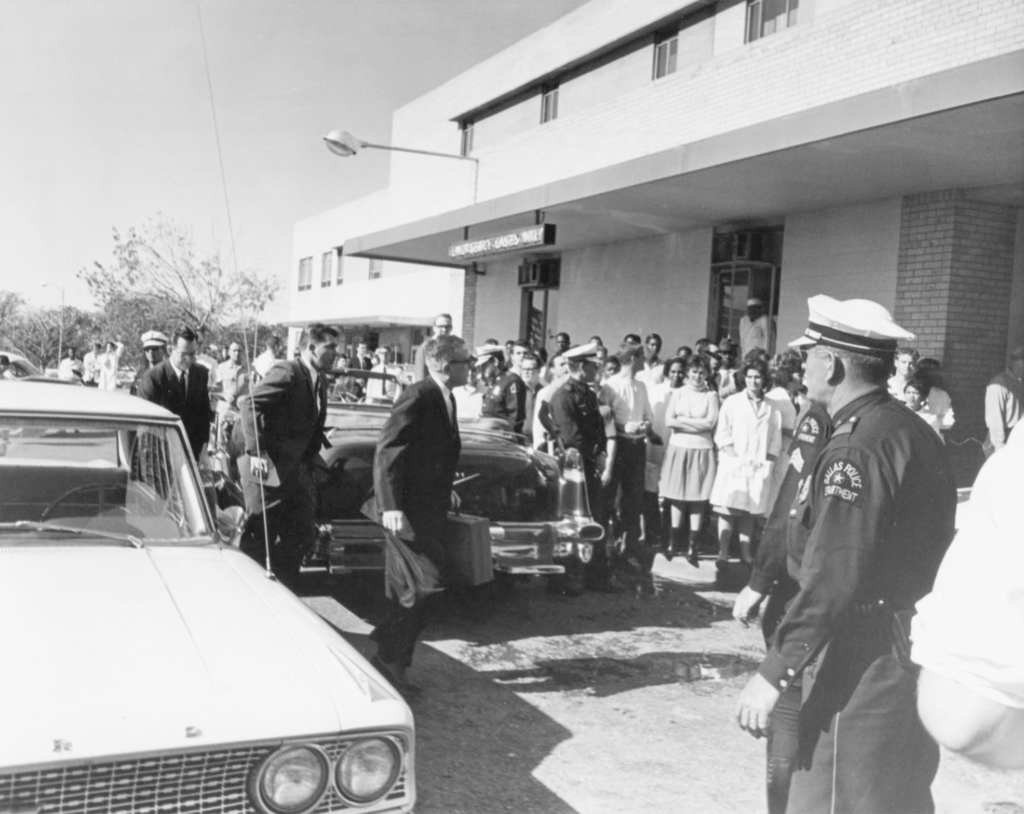
Parkland Hospital
After the fatal gunshots, the limousine driver and police motorcycles raced to nearby Parkland Hospital. More than a dozen Parkland doctors and nurses in Trauma Room One fought save Kennedy’s life, but the wounds were too grave save him. President Kennedy was pronounced dead there on November 22, 1963.
“What you are attempting to do and what interests me, of course, is trying to maintain and keep alive in this country a very lively sense of our past…making it possible for those who come now and perhaps can only catch American history through seeing and feeling it, giving them some sense of what a great procession this has been.”
PRESIDENT JOHN KENNEDY, A MONTH EARLIER, SPEAKING ON THE SUBJECT OF HISTORIC PRESERVATION.



